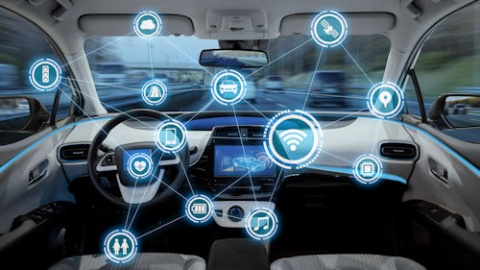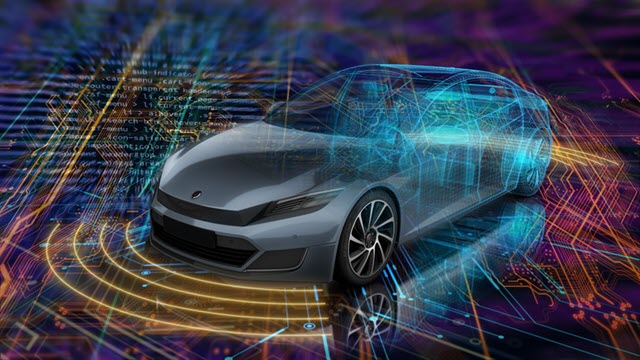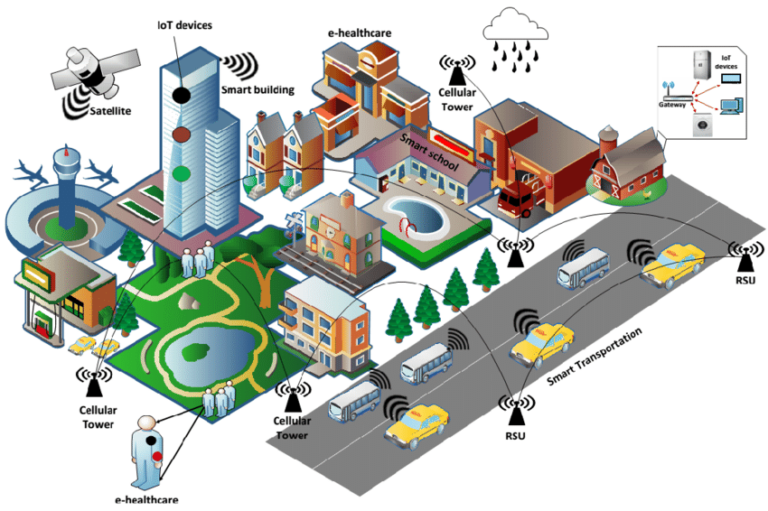Embedded Systems in Consumer Electronics: Innovations Driving the Digital Revolution

The digital revolution has transformed consumer electronics, and at the core of this evolution are embedded systems that drive innovation, enhance functionality, and deliver a seamless user experience. From smartphones and smart TVs to wearable devices, embedded systems have become integral to the design and operation of a wide array of consumer electronics, contributing significantly to the advancement of the digital era.
Embedded systems in consumer electronics serve a dual purpose: they provide the necessary computational power for device functionality and enable the integration of smart features that enhance user interaction. As technology continues to evolve, the miniaturization of components and the increasing processing power of embedded systems have led to the development of more compact, efficient, and powerful consumer devices.
One notable area where embedded systems have made a profound impact is in the realm of smartphones. These devices are equipped with advanced processors, memory systems, and sensor arrays, all tightly integrated into a compact form factor. Embedded systems enable smartphones to perform complex tasks, from running sophisticated applications to capturing high-resolution photos and videos. The seamless operation of touchscreens, the responsiveness of user interfaces, and the efficiency of battery management all rely on the capabilities of embedded systems.
In the realm of smart TVs, embedded systems play a crucial role in delivering a rich multimedia experience. These systems drive image processing for high-definition displays, support connectivity options such as Wi-Fi and Bluetooth, and enable the integration of smart features like voice recognition and content streaming. The convergence of embedded systems and consumer electronics has not only elevated the entertainment experience but has also transformed TVs into hubs for smart home control and connectivity.
Wearable devices represent another frontier where embedded systems are driving innovation. From smartwatches monitoring health metrics to fitness trackers providing real-time data, these devices rely on embedded systems to process information quickly and accurately. The low-power requirements of embedded systems contribute to the longevity of battery life, a critical factor for the sustained functionality of wearables.
The integration of embedded systems in consumer electronics goes beyond individual devices, extending to the broader ecosystem of smart homes. From smart refrigerators that manage food inventory to intelligent thermostats regulating home temperature, embedded systems form the backbone of interconnected home devices. This integration enhances convenience, energy efficiency, and overall user experience.
As consumer electronics continue to advance, embedded systems will play a pivotal role in shaping the future landscape. The ongoing trend of Internet of Things (IoT) adoption further underscores the importance of these systems in creating a seamlessly connected environment where devices communicate and collaborate for a more intelligent and responsive user experience.
In conclusion, embedded systems in consumer electronics are the driving force behind the digital revolution. Their ability to provide computational power, support connectivity, and enable smart features has transformed the way we interact with technology, shaping a future where innovation in consumer electronics continues to thrive.






+ There are no comments
Add yours